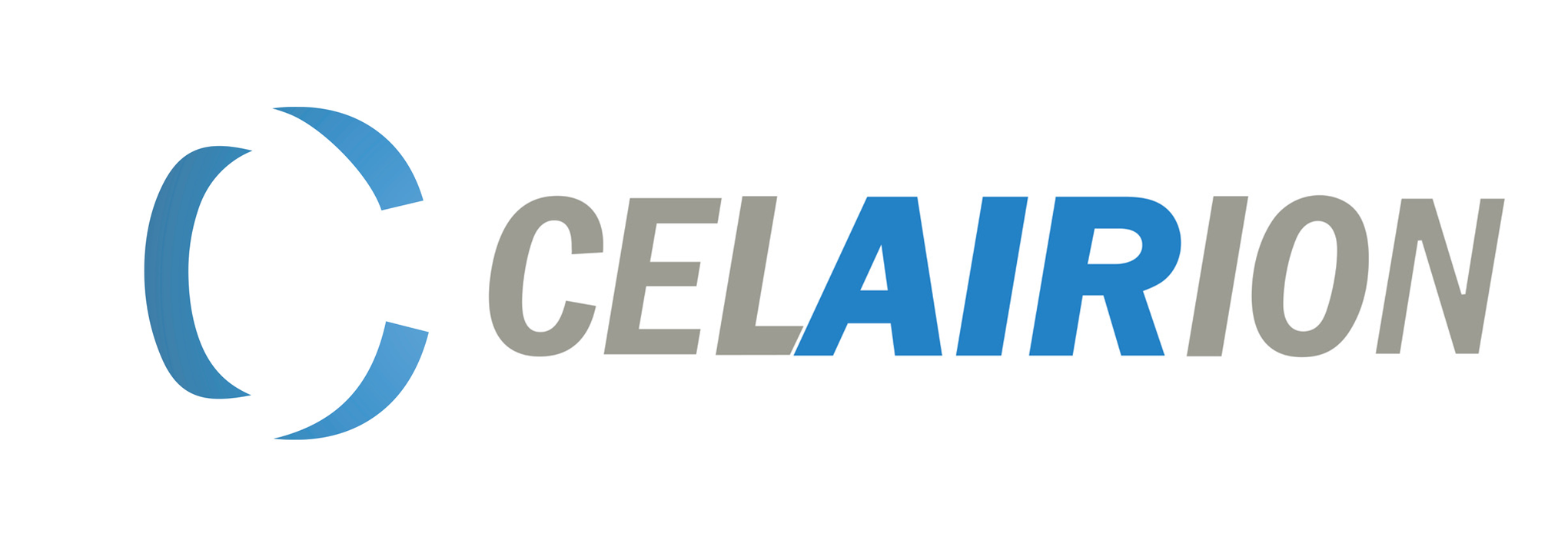Understanding CAMO: The Backbone of Aircraft Airworthiness During Aircraft Transitions
- asteiner
- Mar 27
- 3 min read
In the aviation industry, safety and compliance are paramount. One crucial element ensuring aircraft remain in optimal condition is CAMO (Continuing Airworthiness Management Organization). But what is CAMO, and why is it so essential for aviation operations? In this article, we will explore the role of CAMO in aviation, its regulatory framework, and the benefits it offers to operators, lessors, and airlines.
What is CAMO?
A Continuing Airworthiness Management Organisation (CAMO) is a certified entity responsible for ensuring that an aircraft remains airworthy and compliant with aviation safety regulations. This involves overseeing maintenance schedules, inspections, and record-keeping.
The term CAMO in aviation refers to the structured approach required to manage aircraft airworthiness effectively. Whether for commercial airlines, private operators, or leasing companies, CAMO plays a crucial role in ensuring aircraft safety and operational efficiency.
The Role of CAMO in Aviation
A CAMO aviation team manages various critical aspects of an aircraft’s lifecycle, including:
Ensuring compliance with aviation authorities such as EASA (European Union Aviation Safety Agency) and FAA (Federal Aviation Administration).
Monitoring scheduled maintenance programs and required inspections.
Managing and storing accurate aircraft records.
Coordinating maintenance tasks with Part 145 maintenance organizations.
Assessing the airworthiness of aircraft after repairs or modifications.
Conducting airworthiness reviews to maintain compliance.
Aircraft Transitions
In the dynamic world of aviation, aircraft frequently change hands, whether through leasing agreements, acquisitions, or changes in operational needs. These transitions can be complex, requiring seamless integration of CAMO services to ensure the aircraft’s continued airworthiness and compliance throughout the process.
When an aircraft transitions from one operator to another, the CAMO organization plays a crucial role in the process. They ensure the transfer of maintenance records, verify that all required inspections and certifications are up to date, and manage the necessary documentation. Whether the aircraft is undergoing a lease return or shifting between owners, maintaining continuous airworthiness is essential for avoiding operational disruptions.
Additionally, during these transitions, CAMO organizations assist with aligning the aircraft’s maintenance history to meet the requirements of its new operator or jurisdiction. This may include assessing any modifications, repairs, or upgrades performed during the aircraft’s lifecycle to ensure they comply with relevant regulations. In this way, CAMO not only supports the safety and operational readiness of the aircraft but also ensures that all regulatory and contractual obligations are met.
Regulatory Framework: CAMO EASA
Under CAMO EASA regulations, all commercial aircraft operating in Europe must be managed by an approved Continuing Airworthiness Management Organisation. EASA ensures that CAMOs follow strict guidelines to maintain the highest standards of safety and operational integrity.
For aircraft owners and operators, having a CAMO aviation partner ensures compliance with these regulations and helps avoid costly penalties, operational delays, or safety risks.
Aircraft CAMO: Why It Matters
The term aircraft CAMO refers to the application of CAMO principles specifically to individual aircraft or fleets. Without proper continuing airworthiness management, aircraft owners could face unexpected maintenance issues, increased downtime, and regulatory challenges.
Some of the key benefits of implementing a strong CAMO strategy include:
Enhanced Safety: Ensuring all aircraft meet stringent airworthiness standards.
Regulatory Compliance: Avoiding fines and ensuring smooth audits.
Operational Efficiency: Reducing downtime and unplanned maintenance costs.
Increased Asset Value: Well-maintained aircraft retain higher market value.
The Importance of Aviation CAMO Software
As aviation operations become more complex, aviation CAMO software has become an essential tool. This software helps streamline maintenance tracking, documentation management, and compliance monitoring. By using advanced aviation CAMO software, operators can automate workflows, reduce manual errors, and improve overall efficiency.
Conclusion
Understanding what is a CAMO and its importance in aviation is vital for anyone involved in aircraft operations. Whether you are an airline, lessor, or private operator, having a dedicated CAMO aviation team ensures your aircraft remain airworthy, compliant, and operationally efficient.
By adhering to continuing airworthiness management principles and utilizing advanced aviation CAMO software, the aviation industry can uphold safety standards while optimizing maintenance operations. If you’re looking for a trusted CAMO partner, ensuring they are EASA-certified and experienced in managing aircraft airworthiness is key to a seamless aviation experience.
Would you like to explore how CAMO services can enhance your fleet’s reliability? Get in touch with us!



